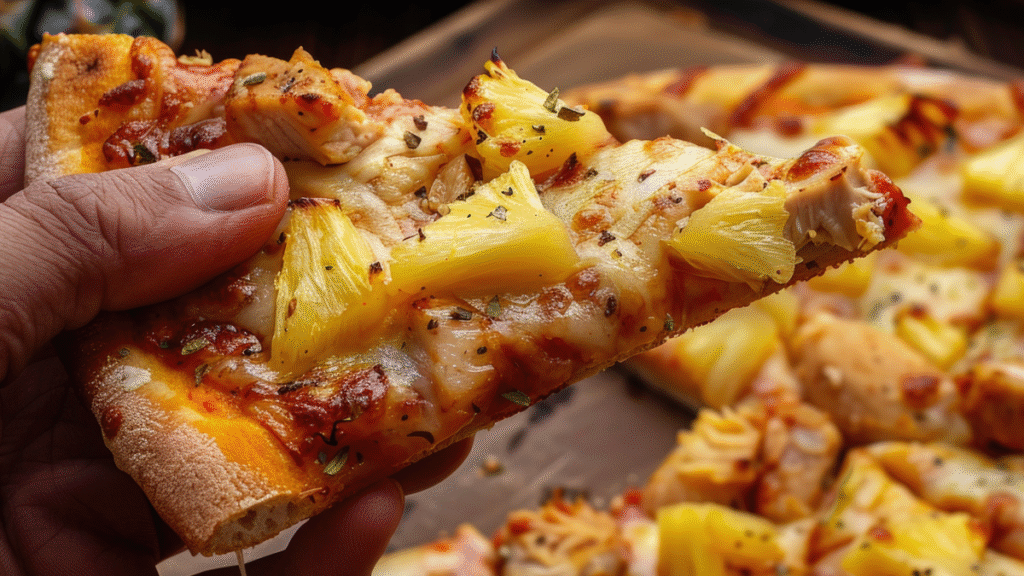By Brian Boone
There are some foods that we’ve all eaten for our entire lives, and they seem so entrenched that they must be very, very old. But that’s just not so. Here are some very popular edible items that seem ancient but were really just instant classics.
Baby carrots
In 1986, California carrot packer Mike Yurosek came up with a more efficient and profitable way to use carrots deemed too misshapen or ugly to sell on their own or offload to canned soup companies. He cut them down to two-bite size with an industrial cutter and then shined them with an industrial potato peeler to make them look like smooth, tiny carrots. He sold a batch to one grocery chain, and by 1990 these baby carrots were all over the U.S.
Diet Coke
Sugar-free sodas had been around since the 1960s as a niche product, but it wasn’t until 1982 that Coca-Cola would put its name on a diet beverage comparable to its flagship product. In 1886, Coca-Cola debuted; Diet Coke came along 96 years later.
Green pistachios
Up until the 1980s, most pistachios sold in the U.S. were imported from Iran. Hand harvesting and traveling thousands of miles left the nuts in their shells riddled with stains and imperfections, and large-scale importers decided to dye everything red to cover up the flaws. After relations with Iran soured in the ‘70s and a trade embargo was enacted, the California pistachio industry blossomed. The lack of travel combined with efficient mechanical harvesting machines eliminated the need for the dye.
Pasta primavera
A pasta tossed in a light cream sauce with cheese and whatever fresh spring vegetables are in season is not a traditional Italian dish. It was created by Sirio Maccioniat, restaurateur of the influencer New York eatery Le Cirque in 1975, and popularized nationally when the New York Times gave pasta primavera a rave review.
Get Uncle John's Know It All Bathroom Reader Today!
General Tso’s chicken
Small morsels of chicken breaded, fried, and coated in a sweet and spicy sauce has been on the menu at most every Chinese-American restaurant in the U.S. since the 1960s. It was virtually brand-new at the time. Chef Peng Chang-kuei created General Tso’s chicken, named after 19th century Chinese war hero Tso Tsung-t’ang, for a 1955 banquet honoring high-ranking governments officials in Taiwan.
Green bean casserole
You’ve probably eaten this at more Thanksgiving dinners than you can count, but it’s only been part of the feast since the 1950s. Dorcas Reilly, a consultant to Campbell’s, was tasked with writing a recipe to move cream of mushroom soup. She combined it with fried onions, milk, and canned green beans. The recipe started appearing on soup labels and in cookbooks in 1955.
Bananas
From 1870 on, the only banana for sale in the U.S. was the Gros Michel, a hearty fruit imported from Central and South American banana plantations. In the late 1940s, the fungus called Panama disease completely eradicted the Gros Michel, leaving banana growers scrambling to fill the void. Upstart fruit company Dole switched its focus to another, little-known banana variety: the Cavendish, identified first in China in the late 1800s, because it was immune to Panama disease. Since the late 1950s, virtually every banana sold in the U.S. has been a Cavendish banana.
Garlic bread
When scores of immigrants from Italy settled in the New York area in the early 20th century, they weren’t able to easily obtain some of the most vital ingredients for traditional Italian cooking. Unable to get the right tomatoes, olive oil, and breads to which they were accustomed, bruschetta was impossible to make. At home and in restaurants, Italian-Americans substituted garlic bread. Boasting much of the same flavor and format as bruschetta, garlic bread was made by rubbing raw garlic on buttered French bread.










